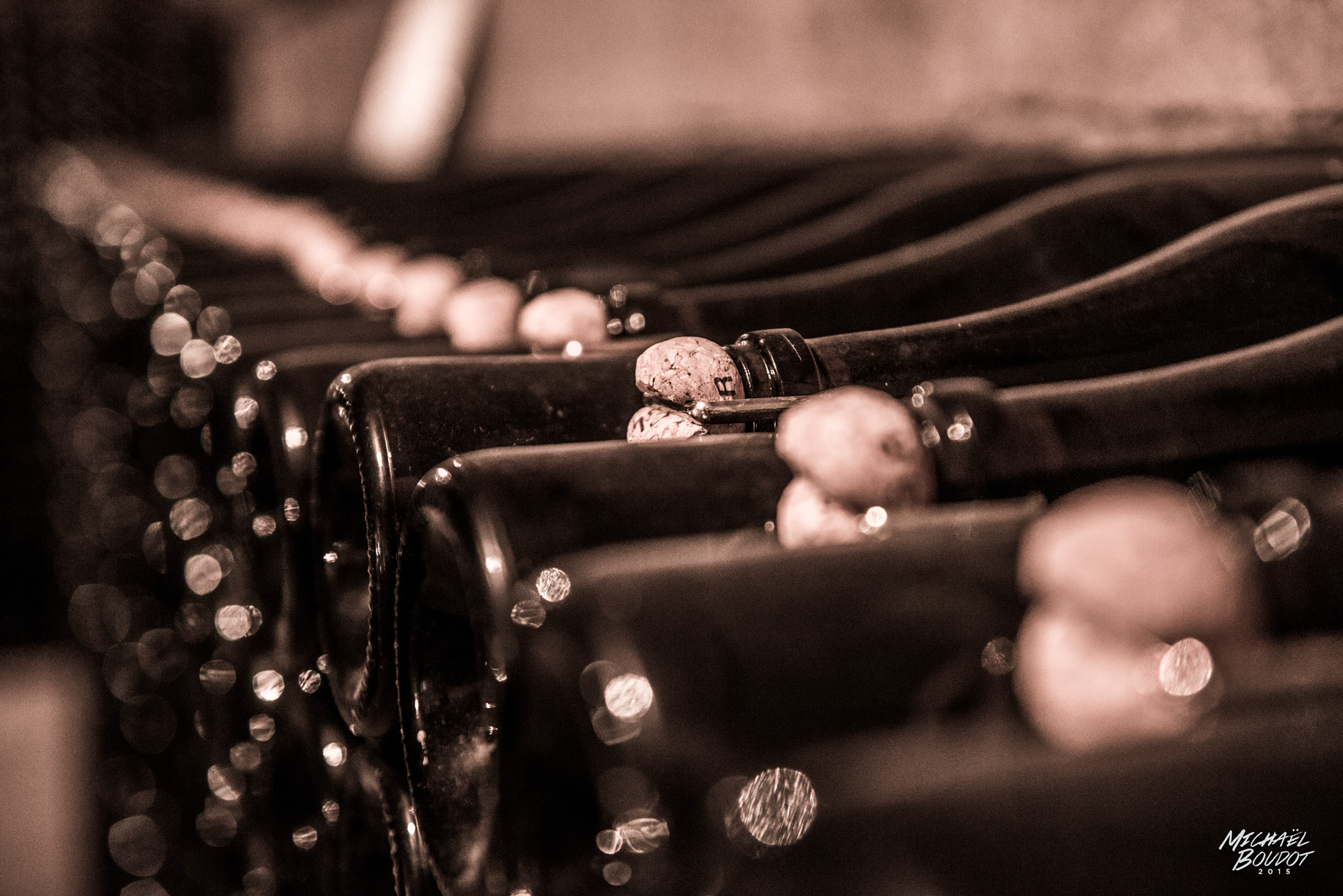The champagne consumer is bewildered with choice for a reason; there are 299 houses, 67 selling cooperatives and 4,722 selling growers producing a number of different cuvées every year.
- Blanc de blancs
- Blanc de Noirs
- Late-disgorged champagne
- Non-vintage
- Prestige cuvée champagne
- Rosé champagne
- Site-specific champagne
- Vintage champagne
Types of producers
Each bottle of champagne comes with initials in front of a code on the label. This code reveals if the wine has been produced by a house, a grower or a cooperative.
NM: Négociant manipulant
A producer who buys grapes, must or wine to make champagne on their own premises and market it under their own label. They may or may not own own vineyards. Most of the big brands are categorized as NM.
RM: Récoltant manipulant
A grower who makes and sells own-label Champagne exclusively from his or her own vineyards, processed on their own premises. An RM are allowed to by 5% of grapes from other growers. Many RMs also sell grapes to the NM.
CM: Coopérative de manipulation
A cooperative of growers who also make and sell Champagne under their own labels.
RC: Récoltant-coopérateur
A grower who sells a cooperative-produced champagne under their own name.
SR: Société de récoltants
A family firm of growers who share premises to make their Champagne from family vineyards under more than one brand.
ND: Négociant distributeur
Distributor who buys in ready bottles of Champagne and labels them in their own name.
MA: Marque d’acheteur
A brand name owned by a third party who is not the producer. It may for instance be a restaurant, supermarket or wine merchant.
Bottle sizes
| Name | Size | Bottles |
|---|---|---|
| Quarter bottle | 18.7cl | ¼ of bottle |
| Half bottle | 37.5cl | ½ of bottle |
| Bottle | 75cl | |
| Magnum | 150cl | 2 bottles |
| Jeroboam | 300cl | 4 bottles |
| Rehoboam | 450cl | 6 bottles |
| Methuselah | 600cl (6 liters) | 8 bottles |
| Salmanazar | 900cl (9 liters) | 12 bottles |
| Balthazar | 12 liters | 16 bottles |
| Nebuchadnezzar | 15 liters | 20 bottles |
| Salomon | 18 liters | 24 bottles |
| Primat | 27 liters | 36 bottles |
| Melchizedek | 30 liters | 40 bottles |
